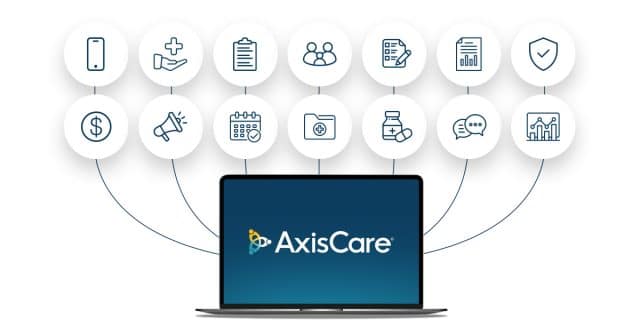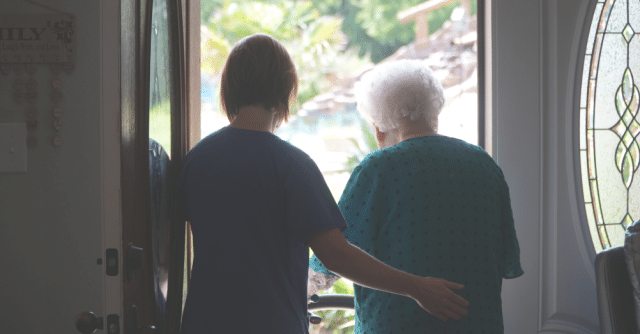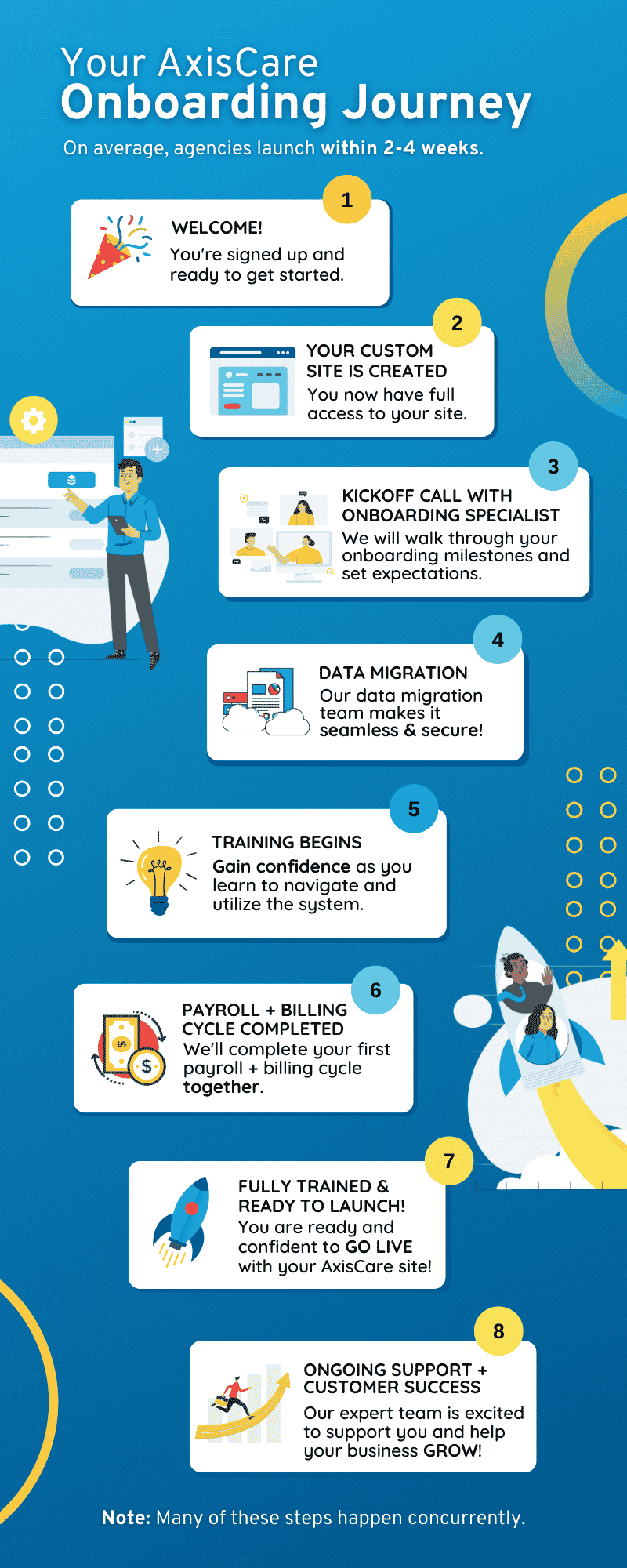AxisCare Home Care Software Blog

Featured

EVV Training Requirements Checklist
Use this EVV Training Requirements Checklist to meet compliance standards, streamline caregiver onboarding, and stay aligned with state EVV policy mandates.

EVV Requirements by State: What Providers Need to Know
Explore EVV requirements by state, models, compliance rules, and best practices so home care providers stay audit-ready and avoid costly claim denials.

Ways AI Can Transform Your Home Care Agency
Discover how AI can transform home care agencies with smarter scheduling, real-time care analytics, and tools that improve caregiver experience and client outcomes.

10 Ways to Streamline Your Billing Process for Home Care
Discover 10 proven ways to streamline the billing process in home care. Reduce denials, speed up payments, and simplify invoices with AxisCare’s billing solutions.

Understanding Canadian Home Care Regulations
Learn about the evolving Canadian home care regulations in 2025, including provincial laws, federal policies, and new immigration pilots affecting home care workers.

The Top Canadian Home Care Conferences in 2025
Discover dates, locations, and must-attend themes for Canada’s top 2025 home care conferences—network, learn, and advance your agency this year.

Drive Multi-Location Home Care Success With AxisCare
Boost your multi-location home care agency’s efficiency and growth with AxisCare. Discover how centralized scheduling, communication, and local SEO drive success.

Overcoming Challenges With IDD Compliance
Learn how IDD agencies can overcome common challenges with IDD compliance through training, documentation, technology, and best practices.

How to Manage IDD Documentation & Records Effectively
Effectively manage IDD documents with best practices for organization, digital storage, compliance, and staff training to ensure service access and legal protection.


